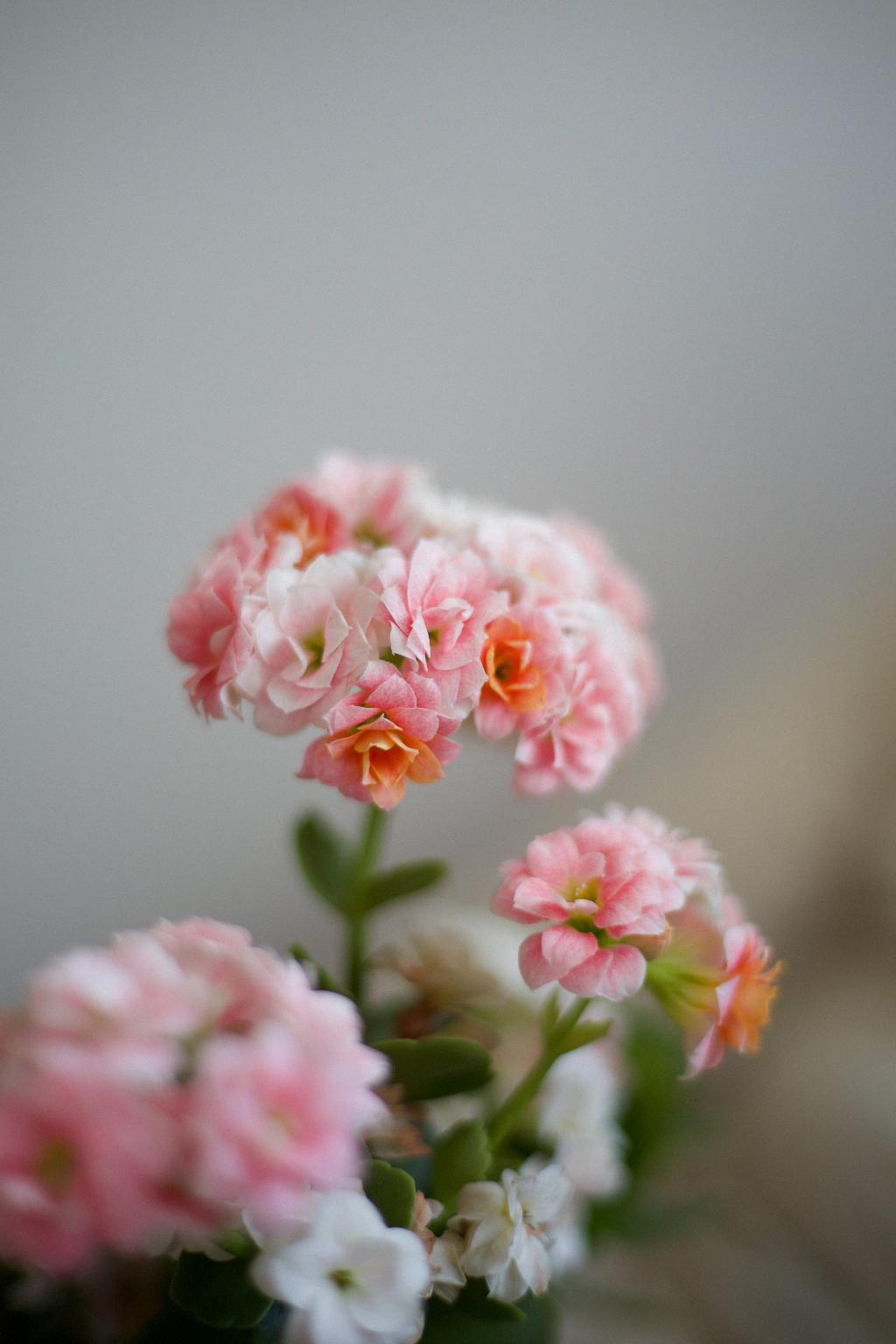When it comes to begonias, deadheading is an essential practice that can help enhance the overall health and appearance of these beautiful plants. Deadheading, the process of removing spent flowers from a plant, plays a crucial role in promoting continuous blooming and ensuring that your begonias remain vibrant throughout the growing season.
Understanding the Purpose of Deadheading Begonias
Deadheading begonias serves multiple purposes. By eliminating faded flowers, you encourage the plant to produce new blooms, extending the flowering period. Additionally, removing spent blooms prevents the plant from expending energy on seed production, redirecting its resources to growth and future flower development.
Benefits of Deadheading Begonias
The benefits of deadheading begonias are plentiful. Not only does it promote prolonged flowering, but it also maintains the plant’s appearance, prevents disease, and encourages a fuller, bushier growth habit. Regular deadheading can significantly improve the overall health and vitality of your begonias.
When to Deadhead Begonias
Timing is key when deadheading begonias. It is best to deadhead as soon as the flowers begin to fade or wither. By removing spent blooms promptly, you ensure that the plant channels its energy into new flower production rather than seed formation.
Step-by-Step Guide on How to Deadhead Begonias
To deadhead begonias, you can simply pinch off the faded flowers using your fingers or use pruning shears for larger clusters. Locate the stem just below the spent flower cluster and make a clean cut. Be sure to sterilize your tools beforehand to prevent the spread of diseases.
Tools Needed for Deadheading Begonias
For deadheading begonias, all you need are a pair of sharp pruning shears or your fingers. Ensure that your tools are clean and sharp to make precise cuts and minimize damage to the plant.
Common Mistakes to Avoid When Deadheading Begonias
One common mistake to avoid when deadheading begonias is cutting too far down the stem, which can hinder new growth. Additionally, neglecting to deadhead regularly can lead to the depletion of the plant’s energy reserves.
Tips for Maintaining Healthy Begonias After Deadheading
After deadheading begonias, water the plants appropriately, provide sufficient sunlight, and fertilize them periodically to promote new growth and flowering. Keep an eye out for pests and diseases, and address any issues promptly to maintain the plant’s health.

Conclusion
In conclusion, mastering the art of deadheading begonias is a simple yet rewarding task that can enhance the beauty and longevity of these stunning plants. By following the steps outlined above and incorporating regular deadheading into your plant care routine, you can enjoy a continuous display of colorful blooms and healthy begonias throughout the growing season.
